
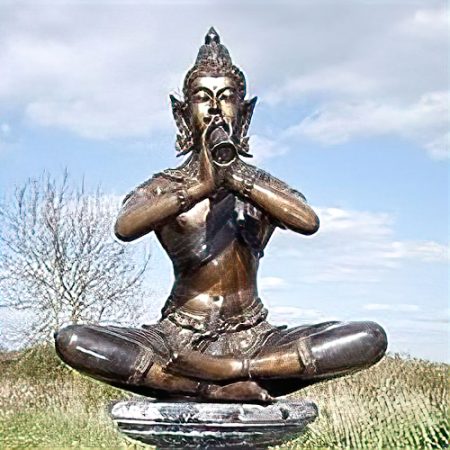

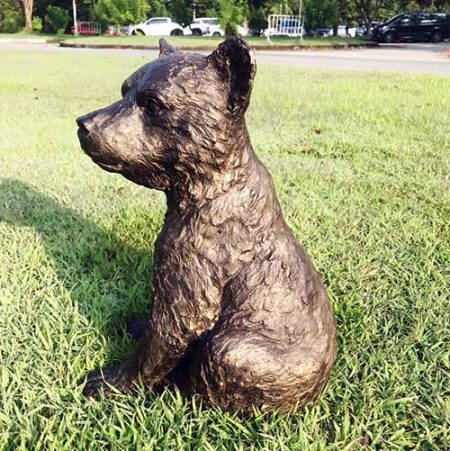
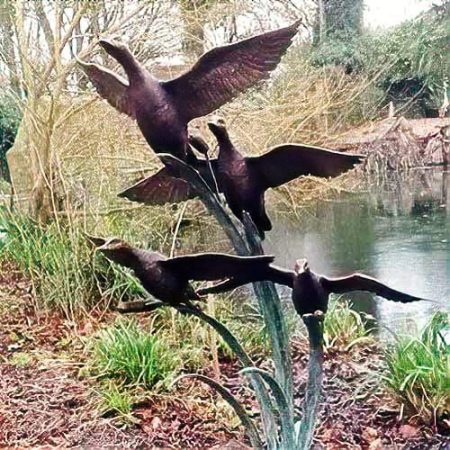

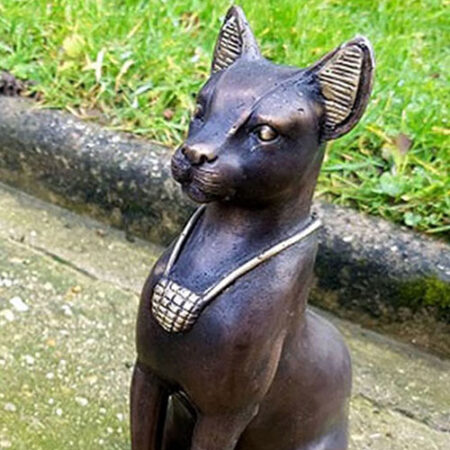
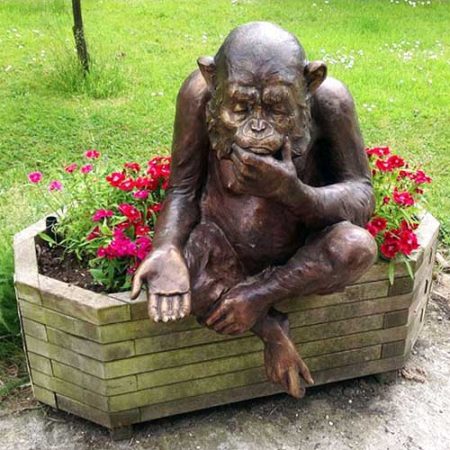






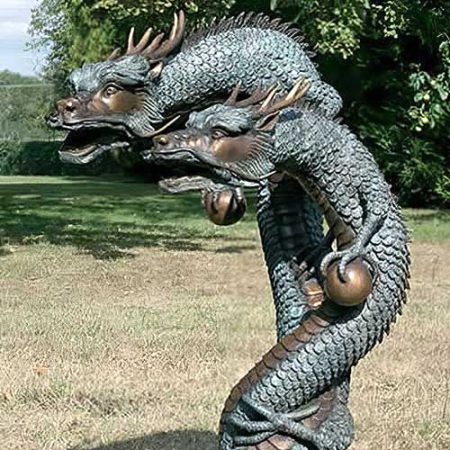
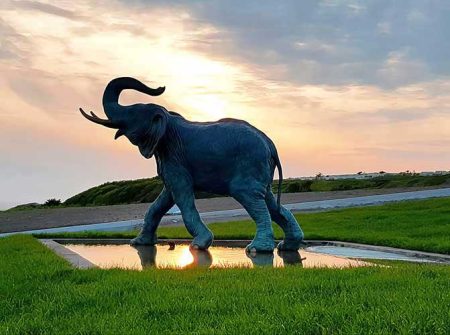
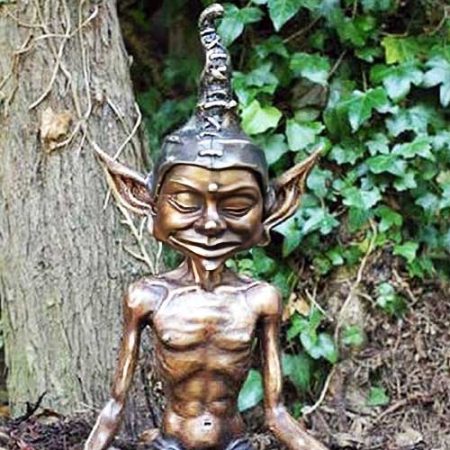
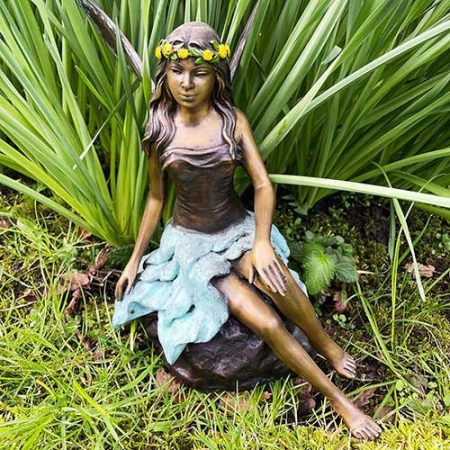
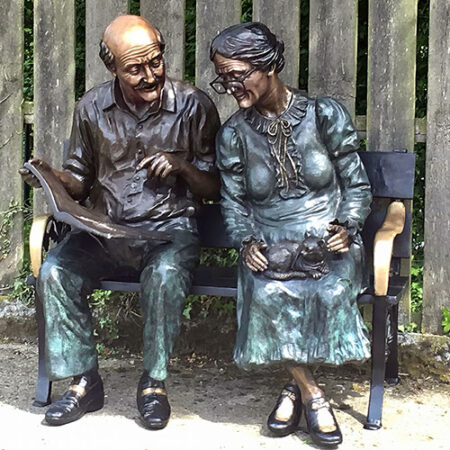
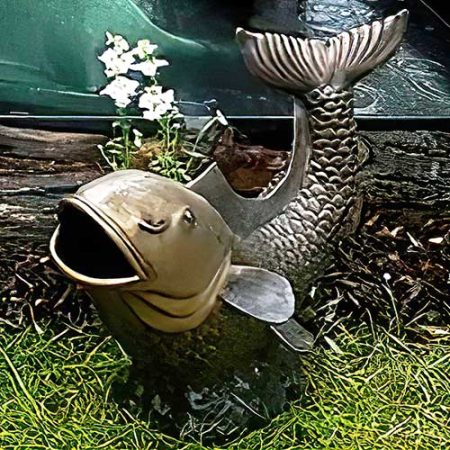
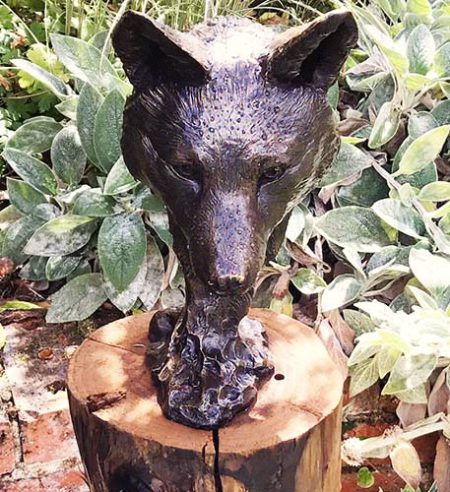
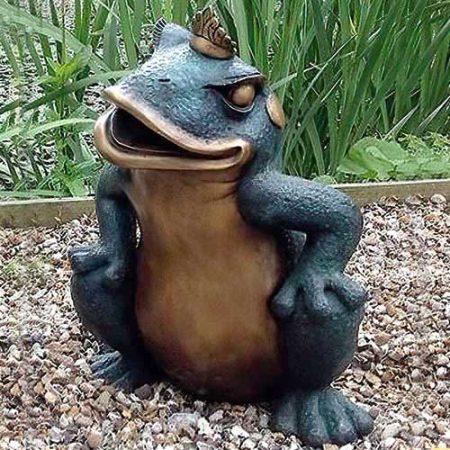
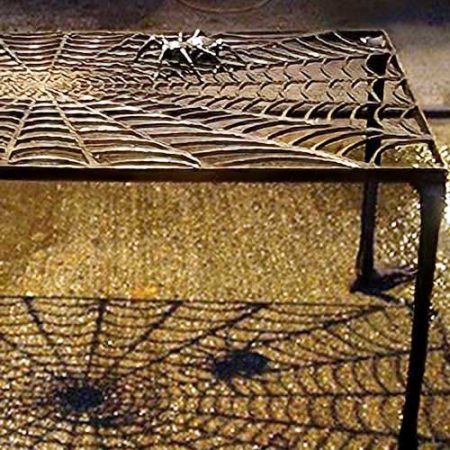

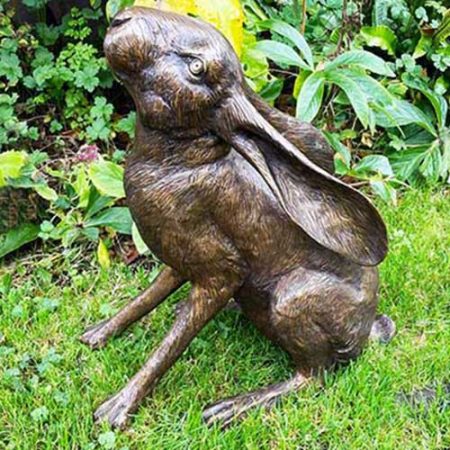
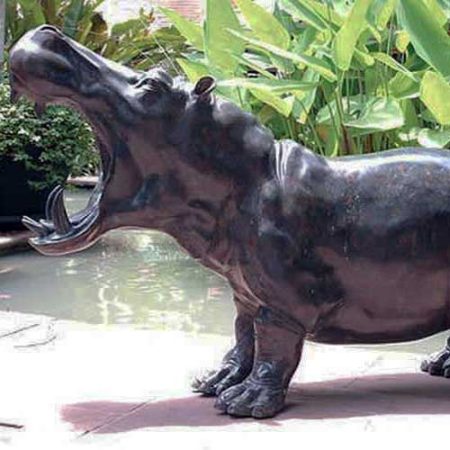

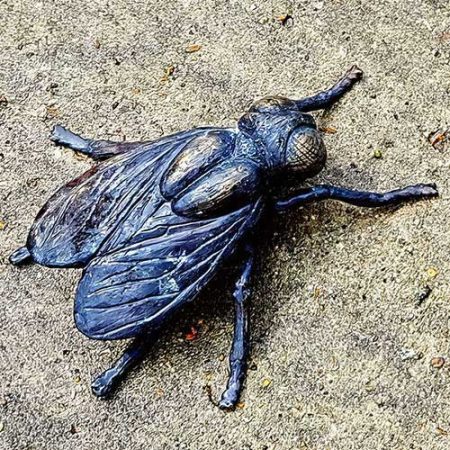

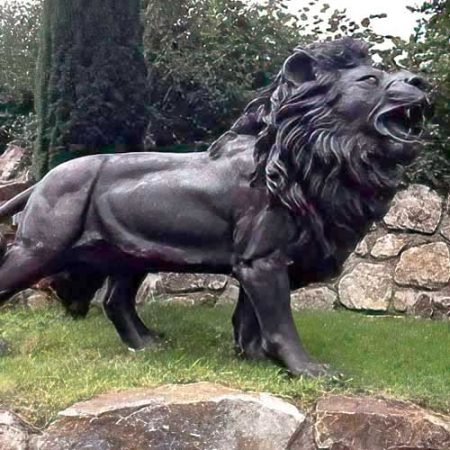

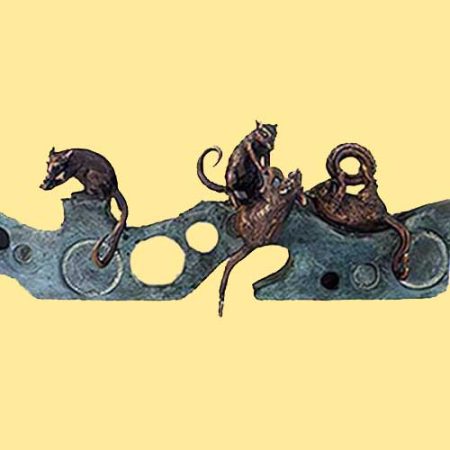
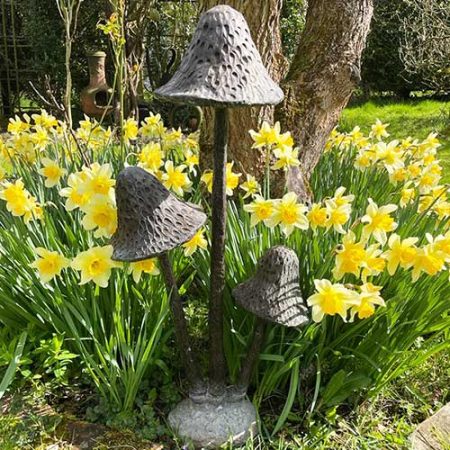


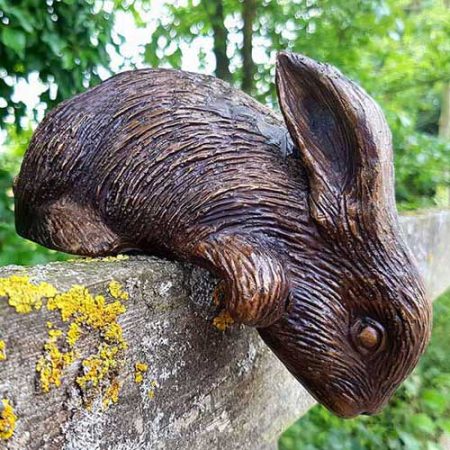
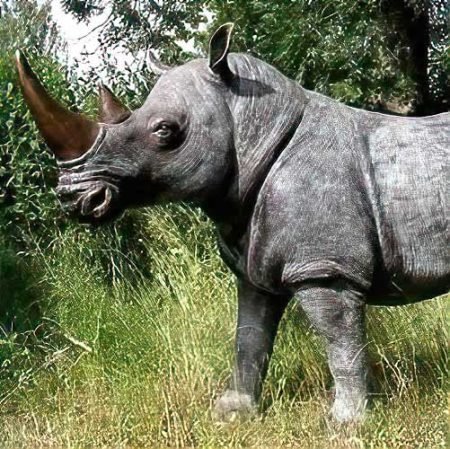
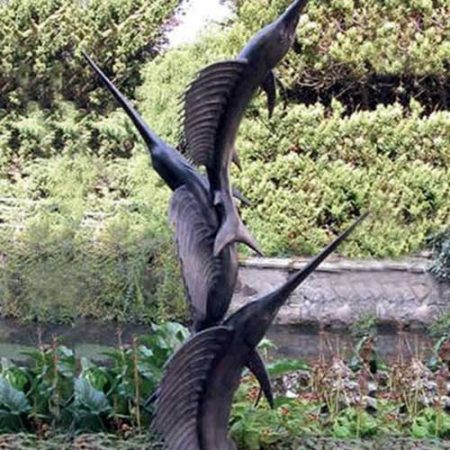

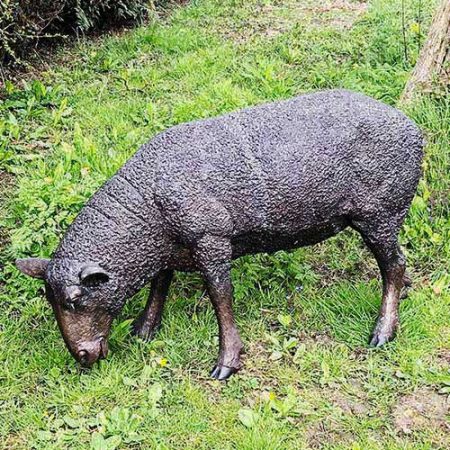

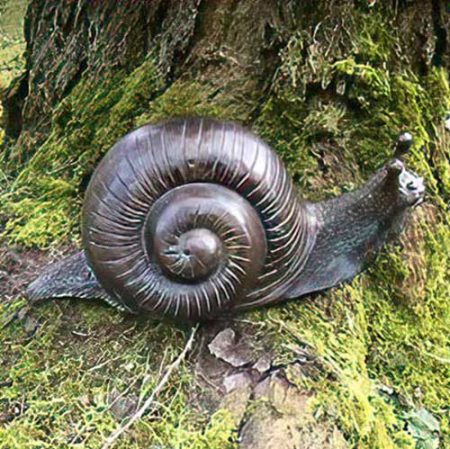
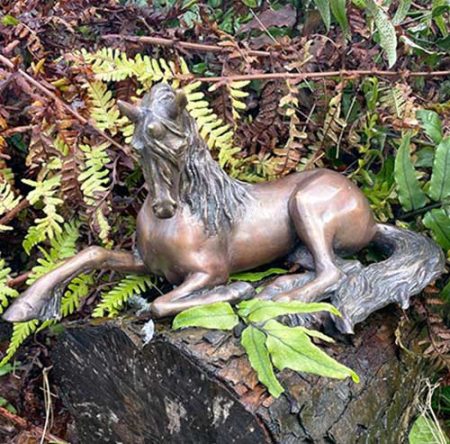
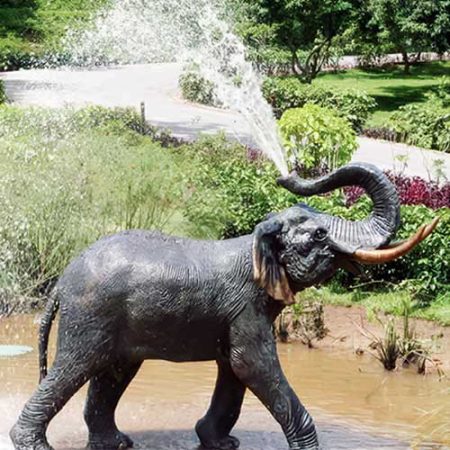
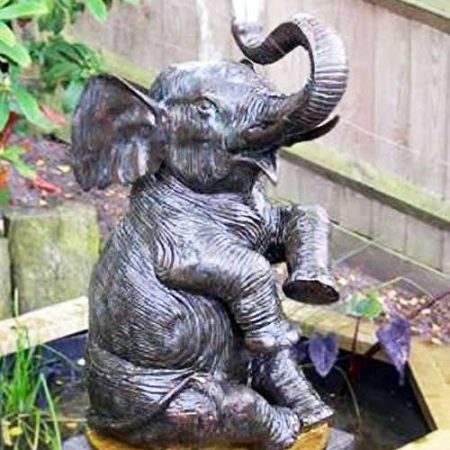
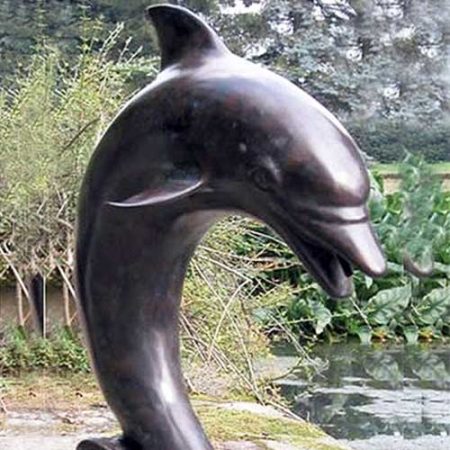

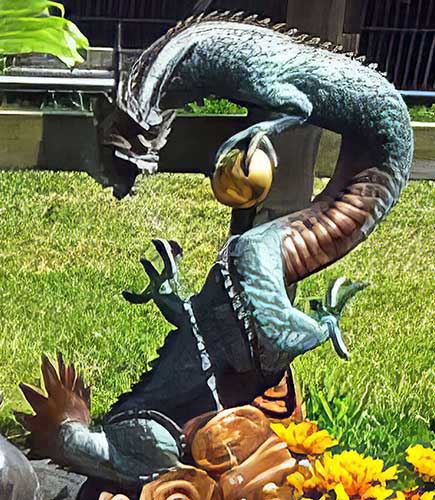
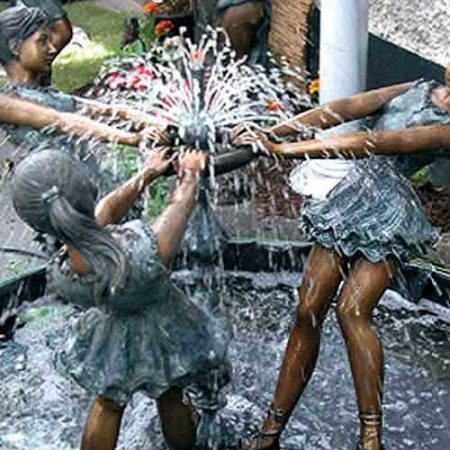
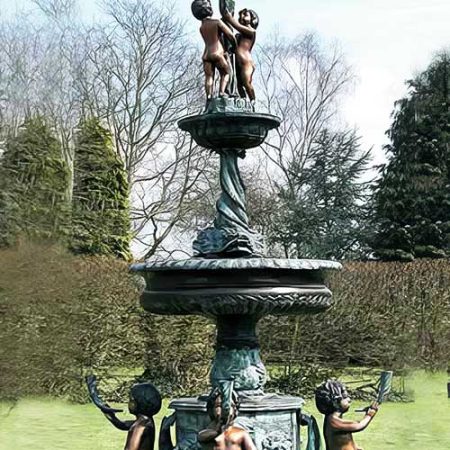
Patination is the enhancement of bronze, by the application of chemicals to produce different colour finishes. The acids and chemicals used in our workshops are a closely guarded secret, as they produce some of the finest and most spectacular finishes to be seen on bronze today
Therefore we recommend that harsh corrosive chemicals are kept well away from all patinated bronze products, as there is a very real danger that these can cause serious colour changes, that could be difficult to restore back to their original colours and hues
Bronze may darken, turn green or even show streaks of yellow or white over time, depending on the climatic environment. Although many people like the look of aged bronze, it is important that some maintenance is carried out as the metal will dry out over time, resulting in it becoming porous and open to contaminants
Occasionally, small deposits of white ceramic may ‘bleed out’ of the bronze. This is natuaral, will stop over time and is easily rectified by following the tips below
INDOORS : Bronze ages slowly and only needs an occasional dusting with a soft cloth or brush followed by the application of an appropriate wax with a soft cloth. The effect may initially be misty, therefore leave for about 15 minutes before buffing with a soft clean lint-free cloth, to achieve a fine gloss finish
Microcrystalline wax is the best and is readily available on the internet
OUTDOORS : If left without any protection bronze like most metals will oxidise over time. Therefore we recommend that the surface is protected with wax
For water features and statues kept outside, more attention will be required, depending on the situation. It is recommended that bronze statues should receive maintenance at least once a year but water features may need more regular attention due to the build-up of limescale, especially in hardwater conditions
When using cleaning agents, always be aware of the effects on plants and aquatic life
Remove debris with a non-abrasive brush and soapy water using any laundry powder or liquid solution. A suede brush works well
*DO NOT* use dishwashing cleaner or washing up liquid as this will leave a film. Wash with a soft cloth then wipe over with another clean damp cloth to rinse without drenching. Dry off with kitchen toweling or better still, leave to dry naturally
Any debris or ceramic deposits caught in the more complex areas of your sculpture can be teased out with a soft lead pencil
*NEVER* use strong chemicals, solvents or abrasives, as these will certainly affect the finish
Once clean and dry, apply a protective coating of wax. Apply generously, working into the features and folds and apply a second coat if required
Microcrystalline wax is somewhat expensive so as an alternative, especially for larger sculptures, we recommend a proprietary shoe polish such as Kiwi. Dark brown can be used for the darker patinas (do not use tan as this can create a red hue), and use clear for the lighter green/blue colours. If unsure, always go for clear
If using Kiwi, application is easiest if the bronze and the wax are both warm. Ideally carry out maintenance on a sunny day and warm the wax with a hair dryer. The wax can then be applied easily with a paint brush and the wearing of a woolen glove, makes buffing an easy task
Be aware though, if overtime your bronze has not received regular maintenance, you may need to employ the services of a professional to bring it back to life